Deck & Commander Strategies
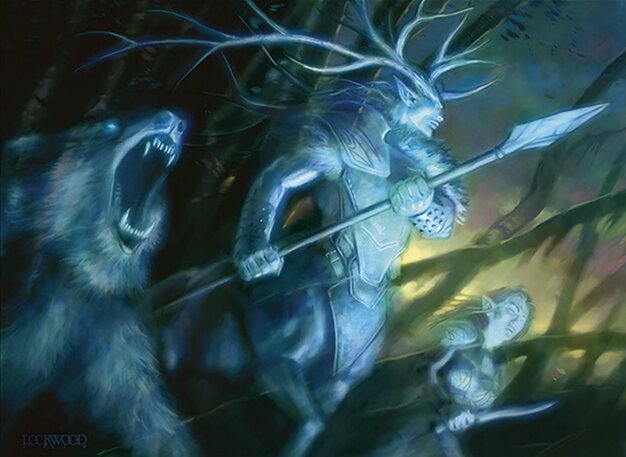
Karador, Ghost Chieftain
Utilizes sacrifice and recursion synergies to gain value from creatures dying, often gaining life and card advantage through these interactions.
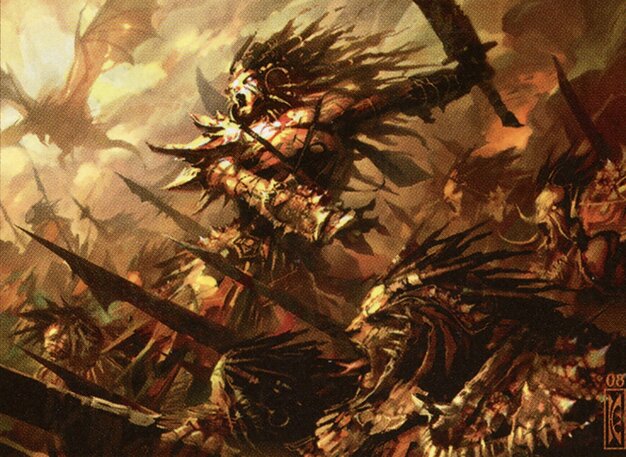
Kresh the Bloodbraided
Focuses on growing a large creature through combat damage and sacrificing smaller creatures to maintain board dominance.

Phelddagrif
Employs group hug and political strategies to manipulate opponents while providing incremental advantages, often through taxing and defensive effects.

Ruhan of the Fomori
Aggressive combat-focused deck aiming to deal damage through commander attacks, supported by spells that clear blockers and enhance combat efficiency.
Gameplay Insights
- 1
Casting Crash Commander forced opponents to sacrifice their largest creatures and exile all graveyards, triggering a massive card draw from Arcanis the Omnipotent due to its leaving-the-battlefield ability and counters.
- 2
The interaction between Settle the Wreckage and Crone Grip showcased the importance of instant-speed responses to board wipes, allowing the player to protect key enchantments while clearing attackers.
- 3
Extort was used strategically to increase life totals and drain opponents gradually, providing incremental advantages throughout combat phases.
- 4
Players carefully timed their combat attacks to maximize damage output while managing blockers and removal spells, demonstrating a balance between aggression and defense.
- 5
The use of Windborn Muse to tax attackers proved effective in slowing aggressive opponents, buying time for the player to stabilize and develop their board.
Notable Cards
-
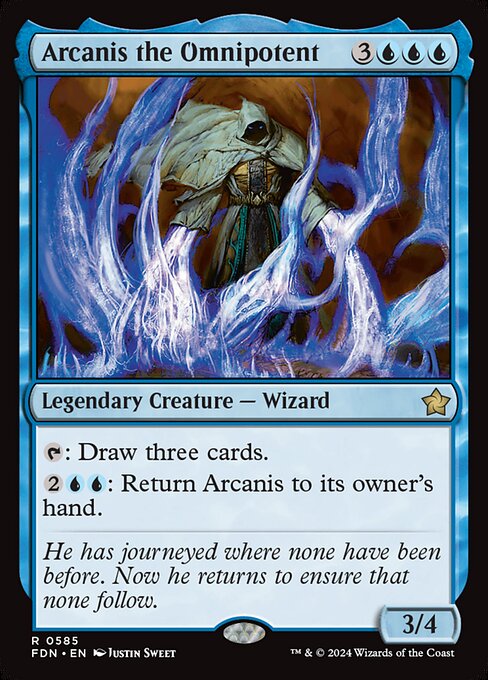
Arcanis the Omnipotent
-
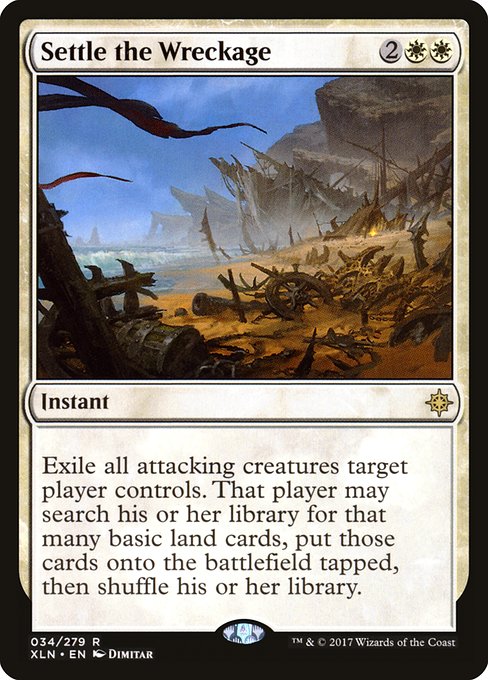
Settle the Wreckage
-

Sakura-Tribe Elder
-
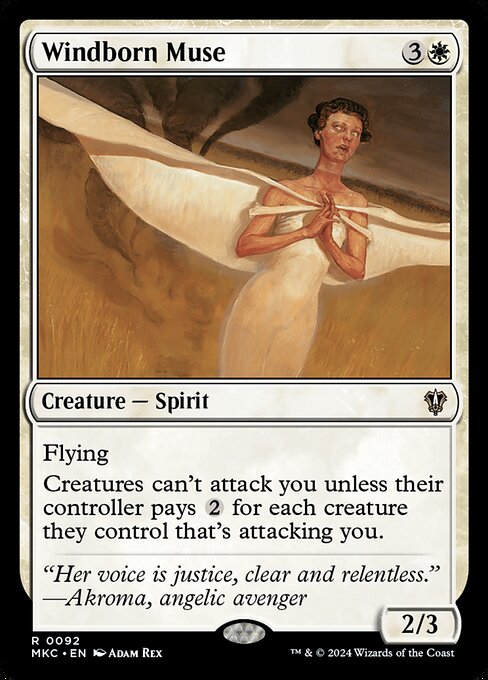
Windborn Muse
Gameplay Summary
The game started with players developing their boards through mana ramp and early creatures, setting the stage for mid-game interactions.
Early plays included mana acceleration with cards like Soul Ring and ramp spells such as Sakura-Tribe Elder and Kodama's Reach.
Players deployed creatures that synergized well with their commanders, such as Disciple of Grizzlebrand and Sturmgeist, to start exerting pressure.
Extort mechanics and incremental card draw from commanders like Arcanis the Omnipotent helped maintain card advantage. Mid-game saw pivotal moments where players leveraged powerful board control and value-generating spells.
A key turning point was the casting of Crash Commander, which forced opponents to sacrifice their largest creatures and exiled graveyards, triggering a massive card draw from the Arcanis player due to its interaction on leaving the battlefield.
Another significant move involved a well-timed Settle the Wreckage to clear attacking threats, countered by a Crone Grip to remove a defensive enchantment, highlighting the tactical depth of instant-speed interactions.
Players continued to build formidable threats such as Trigon Predator and Sar the Dark Baron, while also deploying defensive measures like Windborn Muse to tax attackers.
The game displayed a balance of aggressive attacks and strategic disruption, with players jockeying for control through combat and spells focused on board presence and resource denial.





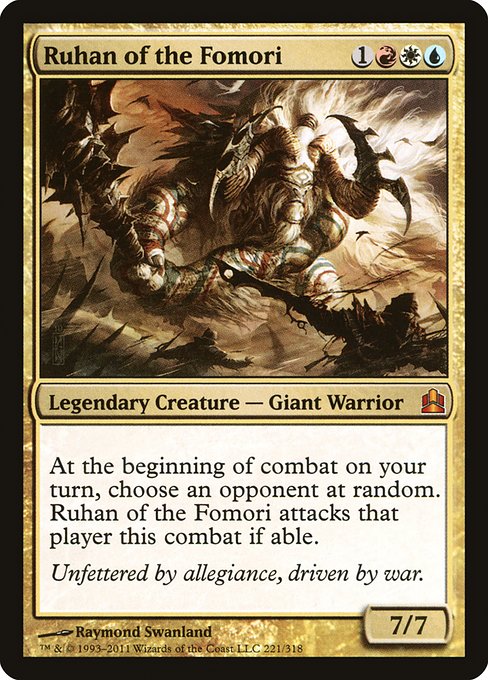












![Commander VS S1E4: Prossh vs Derevi vs Karador vs Scion [MTG Multiplayer] thumbnail](https://i.ytimg.com/vi/qKq_zjLSJU8/sddefault.jpg)







![Commander VS Special: Kresh vs Xantcha vs Rhys vs Atraxa [EDH] thumbnail](https://i.ytimg.com/vi/3F2CvGLBGvw/sddefault.jpg)








![Commander VS S16E5: Tobias VS Hua Tuo VS Ruhan VS Sygg [EDH] thumbnail](https://i.ytimg.com/vi/G8CMcmKzeUs/sddefault.jpg)






![Greven vs Ruhan vs Gavi vs Golos [EDH Commander] Gameplay 2020 thumbnail](https://i.ytimg.com/vi/h8Amwf407Ik/sddefault.jpg)

![Commander VS: Phelddagrif VS The Big Idea VS Rarity and Roon VS Estrid [EDH] thumbnail](https://i.ytimg.com/vi/IQgv2HY2Ov8/sddefault.jpg)
![Commander VS S6E9: Shirei vs Phelddagrif vs Dralnu vs Hixus [MTG] thumbnail](https://i.ytimg.com/vi/vfgLmNwT_J8/sddefault.jpg)
![Commander VS S1E6: ??? vs ??? vs ??? vs ??? [MTG Multiplayer] thumbnail](https://i.ytimg.com/vi/Zdk_0-b6KmE/sddefault.jpg)





